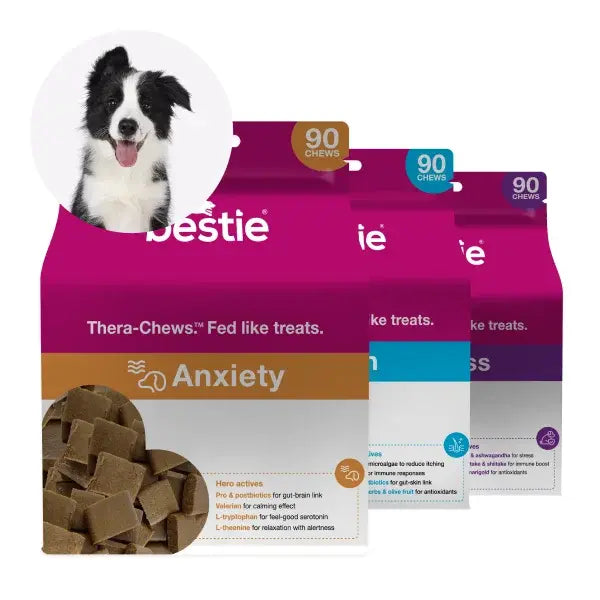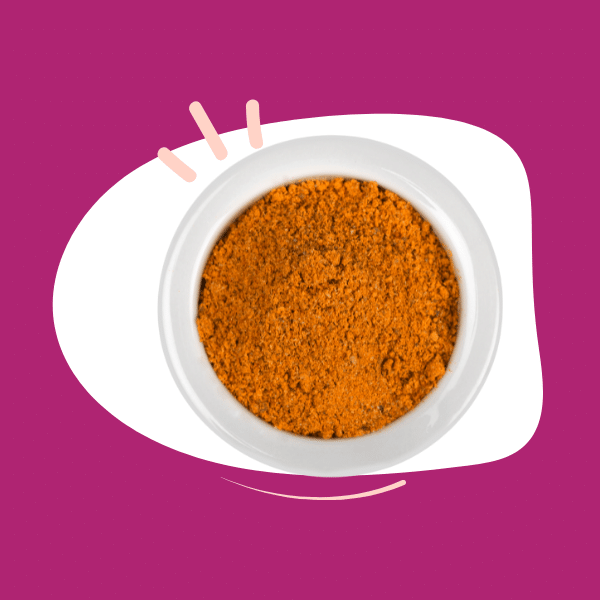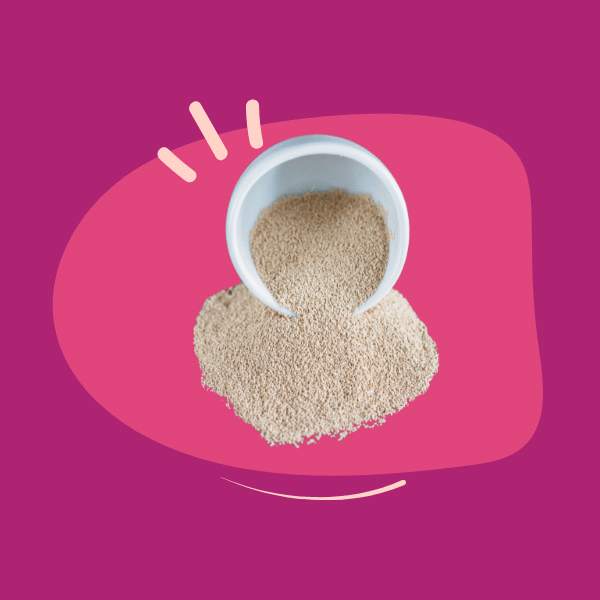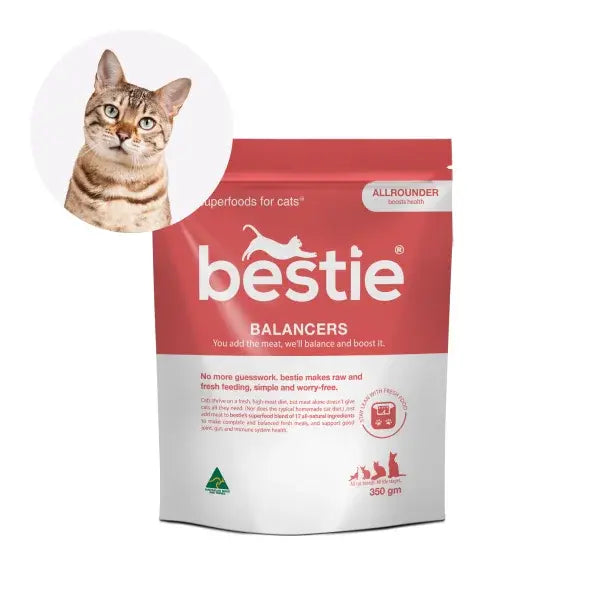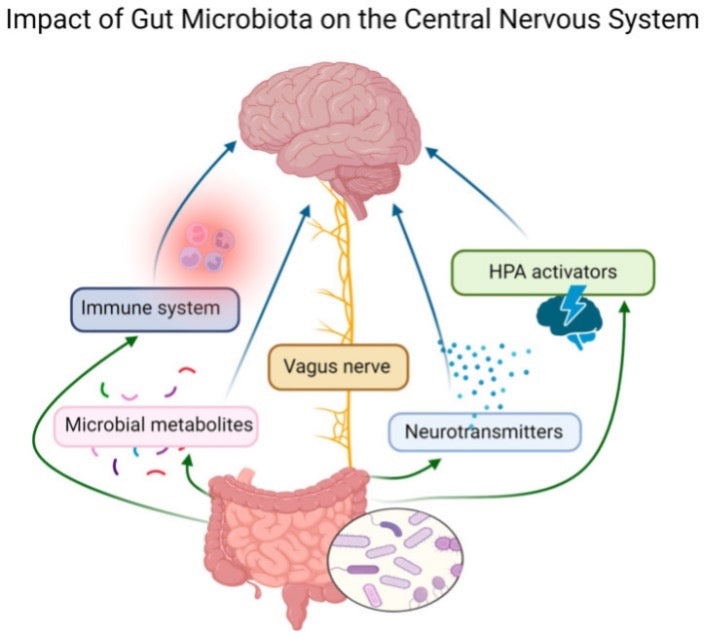Whether we have taken care of our furry friends since they were puppies or became a part of their care later in their lives, most of us wish that our furry friends would enjoy the best life possible with us forever.
And when it comes to the end of their life? Most of us also wish that our dogs will cross the 'rainbow bridge' peacefully in their sleep. Unfortunately, this is rarely the case.
But when is the right time to say goodbye? In this article we explain:
- A veterinary approved ‘quality of life scale’
- Suggested criteria to help pet parents make tough decisions
- Factors that can influence an owner in deciding when to say goodbye
When it comes to the case of these age-related changes or diseases in our senior pets, pet parents are sometimes asked by vets about how these things affect their furry friend’s ‘quality of life’. But, what exactly does the term ‘quality of life’ mean and how can we, as pet parents, check it?
Quality of life can be explained by the ‘overall mental and physical wellbeing’ of a pet and takes into account all aspects of their life, such as:1
- Their behaviour
- Any changes in their weight or skin/hair condition
- The amount of time they spend eating, sleeping and drinking
- Their reactions to pet parents or other pets in the household
- Their activity level and ability to control their pooing and peeing
- The influence of their age or health status on their day-to-day routine
- Their interest in playing and exercising normal behaviour (such as grooming themselves)
- Any effect of the progression of age or disease on their overall health compared to the day of any initial diagnosis
As we can see, a pet’s quality of life is something that we, as pet parents, can check when taking care of them at home. In many circumstances, a decrease in the quality of life for our furry friends is highlighted to us following the impact of age-related changes or conditions on the day to day activities described above.
The most common older age-related conditions in dogs include:
- Cancer
- Arthritis
- Loss of sight or hearing
- Heart, kidney or liver disease
- Dementia/Reduced cognitive decline
Vets have adapted the idea of a pet’s mental and physical wellbeing into a scale called the ‘HHHHHMM’ scale. Aspects of our furry friend’s life can be graded from one to 10 in order to numerically gauge their wellbeing. A complete score over 35 is generally considered by vets as an ‘acceptable quality of life’ for our pets.2
The ‘HHHHHMM’ scale
- Hurt - are they in pain and if so, is it possible to help them relieve it? Can they breathe normally or do they need oxygen supplementation?
- Hunger - Do they eat as much as they need and do they need help doing so?
- Hydration - Do they receive enough fluid and if they need to be administered fluid (by a vet), do they react positively both behaviour wise and health wise to it being given?
- Hygiene - Are they able to keep hygienic enough after relieving themselves? Do they suffer from pressure sores (injuries to the skin after a long time with no release of pressure on it, for example when laying for long periods)?
- Happiness - Do they look interested and alert enough to respond to life around them? Is there a risk that they feel isolated or depressed?
- Mobility - Are they able to move by themselves or enjoy walks? Do they trip or have seizures often?
- More good days than bad - How easy is it for pet parents to maintain a ‘healthy human-animal’ bond when comparing the number of days everything is too much to when it is more manageable? 2
Assessing pain vs. old age
It’s often difficult for pet parents to assess how much a pet is in pain due to an age-related condition, compared to them just needing to take things a little slower. Pain management medication prescribed by vets can be helpful in managing age-related conditions, but how can we, as pet parents know when enough is enough?
There is no blanket answer as to when is the right time to end a pet’s suffering. We, as pet parents, much prefer the idea of our furry friends crossing the rainbow bridge peacefully in their sleep. But, it’s a sad reality that this is rarely the case.
The ‘HHHHHMM’ scale above, along with the advice from a vet (especially one who has known your pet for their whole life) can be used as a guide. A pet’s poor quality of life can take a great toll on the mental and physical wellbeing for both them and us, as pet parents. In the cases where it is better to end a pet’s pain, euthanasia can be an option.
Euthanasia explained
Euthanasia is a procedure perfomed by vets where they give an animal an increased amount of anaesthetic so that they are not able to wake up. Sometimes, a situation arises in which pet parents decide it is better to choose an organised time and place to say goodbye to their furry friends.
In some cases, pet parents will have time to think about the possibility of euthanasia, however sometimes, a pet’s condition can decline very rapidly without much time for pet parents to decide on the best possible action.
Get ready
Nothing can really prepare pet parents for the sadness of this situation, but, if you have a senior furry friend, it may be helpful to think about the following points ahead of time:
- Final arrangements in terms of saying goodbye
- Keeping your vet updated with your pet’s condition
- The availability of out of hours emergency veterinary services in your area
Charlotte Franscesca Stiles

Charlotte is a 5th-year veterinary medicine student at the University of Zagreb, Faculty of Veterinary Medicine. She is a volunteer at her university's obstetrical clinic, equine clinic, an editor of her university's scientific journal, and dog mum to 12-year-old Chiki.
Charlotte is particularly interested in wildlife medicine and research and hopes that her current extra-curricular work as a student in this area will help her achieve a scientific career after graduation.
References
2.https://vetsocialwork.utk.edu/wp-content/uploads/2016/03/Quality-of-Life.pdf



